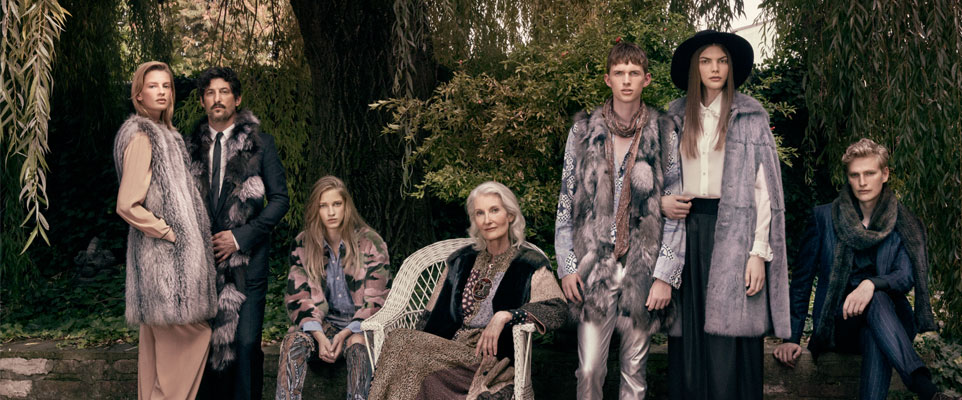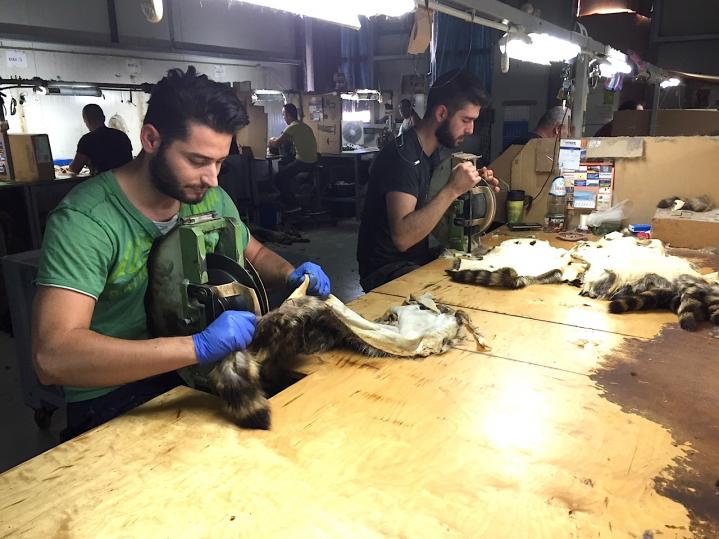Sales of fur have steadily increased over the last 10 years and in 2012/13, the global fur industry was valued at over $40 billion (PwC Italy) – roughly the same as the wifi industry. In the UK BFTA retails members reported a 20% increase in sales during 2014/15 selling season.
Approximately 85- 90% of all fur sold comes from specialty fur farms, and approximately 15-20% comes from abundant wild fur animal populations.
In 2013-14, 87.2 million mink pelts were produced globally with a total value of €3.7bn. There were also 7.78m fox pelts with a value of more than €880m.
By far the biggest exporter of fur is Europe, and the biggest importer of fur is China. Demand for fur has remained stable in the traditional markets throughout the international economic downturn, and demand is growing not only in China but also in Korea, Ukraine and South America. (Source: International Fur Federation)








